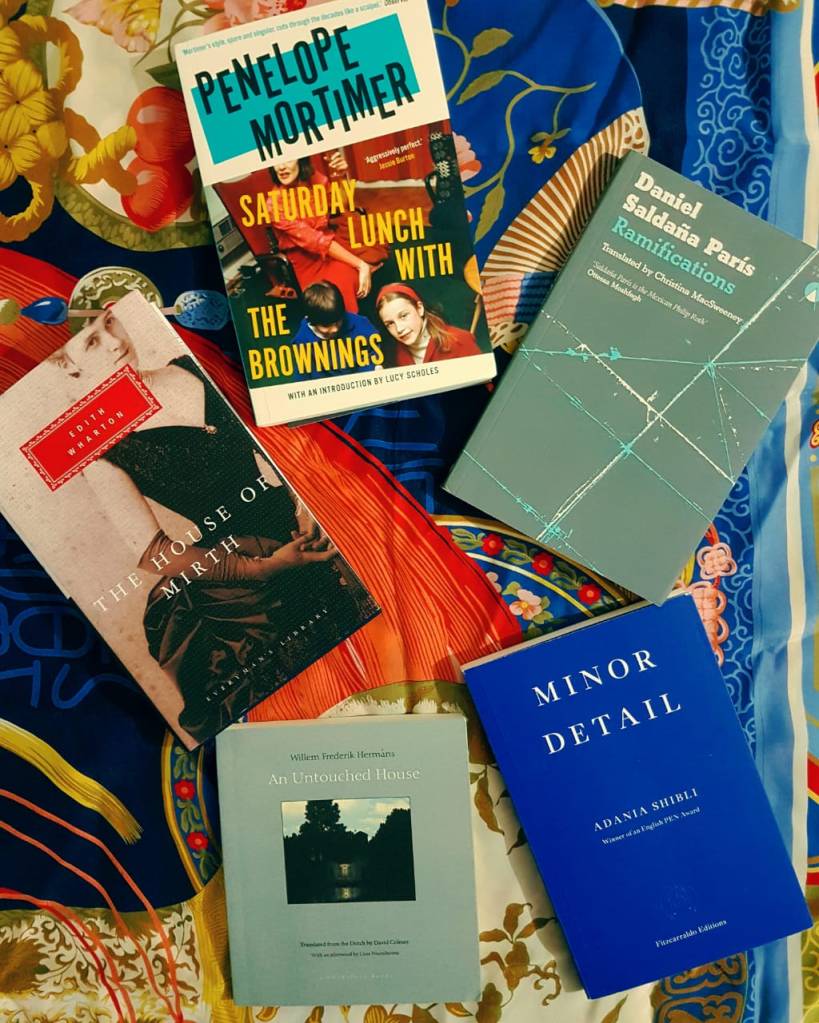The magnificent Grand Canal. The majestic palaces lining the waterfront, glinting in the sun. The iconic St. Mark’s Square. The picturesque gondolas gently swaying on the swell of the canal waters. The ethereal, mystical natural light that emanates from within, with its power to hypnotize. These hallmarks define the very essence of Venice, ‘the’ city I had been to exactly a decade ago, and which I hope to revisit someday.

Venice is a picture postcard city, a magnet for tourists all over the world who descend on it in hordes every year. It’s a place that has enthralled and transfixed many a traveller. It certainly occupied a special place in the heart of the Spanish author Javier Marías who between December 1984 and October 1989 flew to Venice fourteen times.
At barely 55 pages, Venice, An Interior is the author’s own fascinating perspective on what makes this city so unique. He begins with an interesting piece on the people of Venice…
Let us begin with what you don’t see, perhaps the only thing that isn’t on show, whose existence seems improbable and, to the visitor, almost impossible. People who live in Venice!
Mirroring the trend in major cities around the world, a lot of the city’s inhabitants have migrated to the suburbs – in this case to the working class district of Mestre, a few miles away from the main city. There are a few who are rooted in the city though. But they are not easy to spot in the typical tourist sites because they hardly go out much. Indeed, Marías notes…
Their indifference and lack of curiosity about anything other than themselves and their ancestors has no equivalent in even the most inward-turning of villages in the northern hemisphere.
Venetians are aware that their space is shrinking fast, and while travellers will not spot them on café terraces enjoying a drink like the rest of them, they might be seen at well-known spots such as Café Florian at ungodly hours where they can enjoy moments of quiet because the tourists are fast asleep. They also tend to congregate in places that seem unalluring to the average traveller.
Another enticing idea that Marías puts forth is how Venice is an unchanging city, or as he likes to call it – seeing it from the point of view of eternity. The essence of Venice has hardly changed, not just in two hundred and fifty years but in almost five hundred. He claims that Venice is the only city in the world whose past you do not have to glimpse or intuit or guess at because it’s there before you. In other words, its past appearance is also its present appearance. In turns this means that its future is also right there on display. Marias’ impressions are anchored on his sojourn in the city in the 1980s, and based on my recollections of Venice in 2011 (more than twenty years later), much of what he has written struck a chord.
Thus, Venice’s past can’t really be set against an identical, known future…but instead against its threat of disappearance. These threats take the shape of the aqua alta in the winter that floods the city and increases the chances of Venice sinking into the sea. Or the proliferation of algae at the bottom of the lagoon, which attracts dense clouds of mosquitoes.
Venice also provokes two simultaneous and seemingly contradictory feelings. On the one hand, it is a very harmonious city. Its persona – the canals, the luminous open space, the misty corners with or without the water – are inherently unique to Venice and cannot be glimpsed anywhere else in the world. And yet, paradoxically, few cities seem more spread out and more fragmented giving the impression of utter isolation.
Marías points out to Venice’s “endless imaginary fragmentation.” For instance, Venice has six districts…each emanates similar vibes characteristic of the entire city, but at the same time each of them has its own distinctive flavor that makes it quite different from the others. So much so that Venetians living in one area of any district may have no idea of what’s happening in another area in that very district let alone elsewhere. In other words, a fragment or a slice of a larger Venice can be seen in most corners of the city, and yet those corners are also unique in their own way.
To cite another example, travellers might wander along the Grand Canal, only to make a detour towards an inner part of the city. They might come across a church and feel themselves transported to another world, to another place in their mind, when in reality they are only a couple of steps away from a very well-known landmark.
This idea of an imaginary space is beautifully conveyed by Marías …
To say that Venice is an interior is a possible summation of everything I have said so far. It means that that it is self-sufficient, that it has no need of anything outside itself…the narrow becomes wide, the near becomes far, the limited becomes infinite, the identical becomes distinct, the timeless becomes transient.
Venice is also a city of contradictions. The buildings on the canal denote beauty and glamour, but look further down, and the canal depths appear murky…the rot and decay of the lower parts of the buildings as the water laps against them, is amply visible.
But there is no doubt that Venice is a strange and enchanting place – its labyrinth of blind alleys (the sense of getting lost in them is immensely pleasurable), its pearly green canals and its imaginary spaces are a source of wonder and awe for any traveller. Given that international travel is well-nigh impossible right now, it felt wonderful to get lost in this gorgeous account of an equally gorgeous city. This slim volume definitely turned out to be a lovely palate cleanser in between some intense reads.







